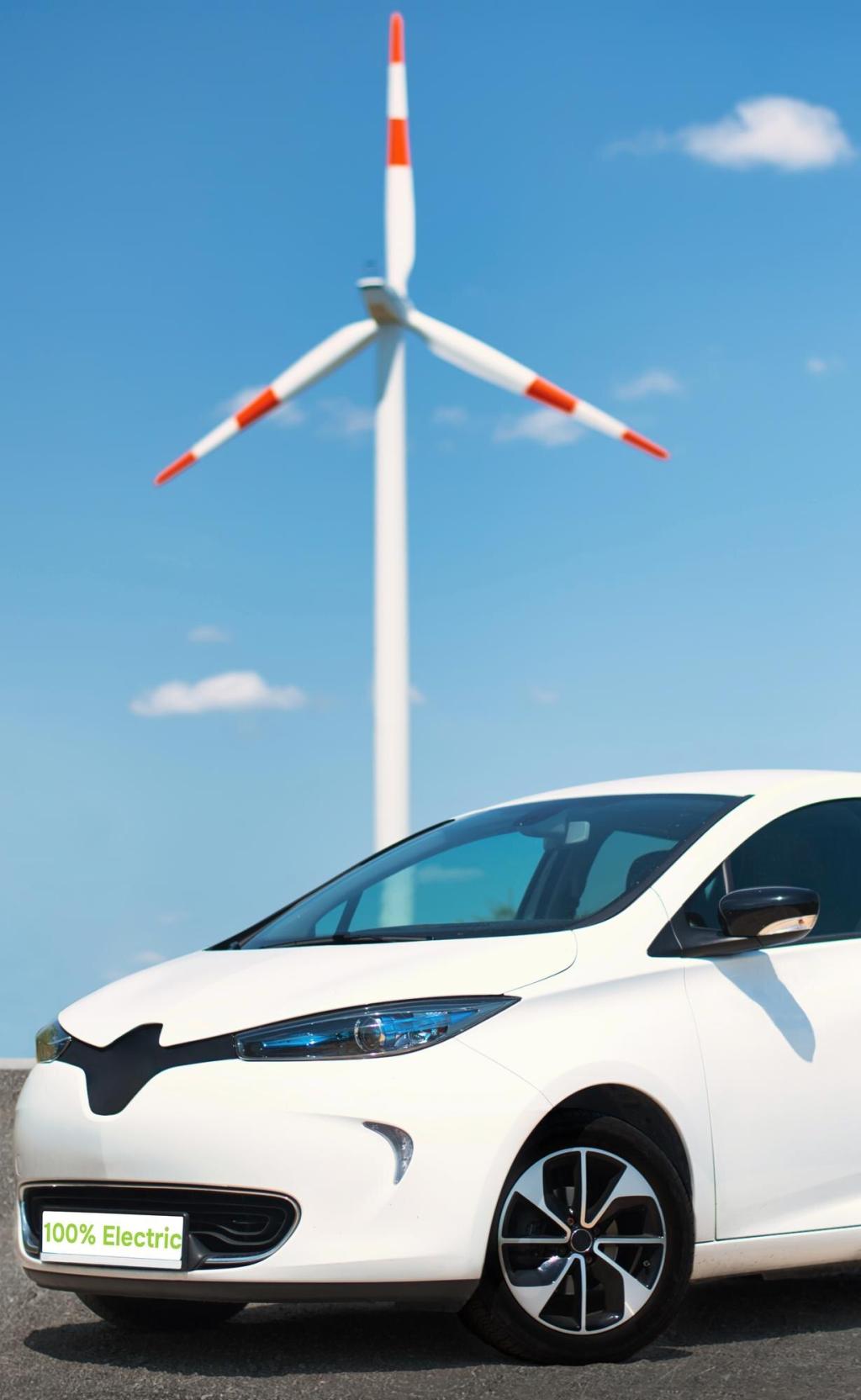This website uses cookies so that we can provide you with the best user experience possible. Cookie information is stored in your browser and performs functions such as recognising you when you return to our website and helping our team to understand which sections of the website you find most interesting and useful.
Revolutionizing Cities: The Shift to Sustainable Mobility
The rapid growth of urban populations worldwide has intensified demand on city infrastructures and led to a pressing need for innovative transportation solutions. Sustainable mobility stands at the forefront of this revolution, promising not only to transform how we move from place to place but also to create cleaner, more vibrant urban environments. This evolution involves reimagining public transport, embracing new technologies, and cultivating an integrated approach to urban planning that prioritizes environmental sustainability and quality of life for all citizens. As cities undertake this shift, they demonstrate how thoughtful mobility strategies can combat congestion, reduce emissions, and shape the urban experience for generations to come.

The Decline of Car-Centric Cities
Evolving Public Transit Systems
Prioritizing Active Transportation
Technological Innovations Powering Change


